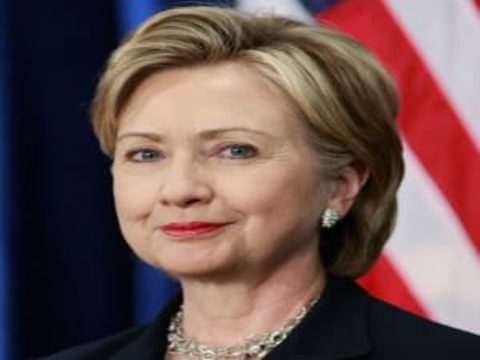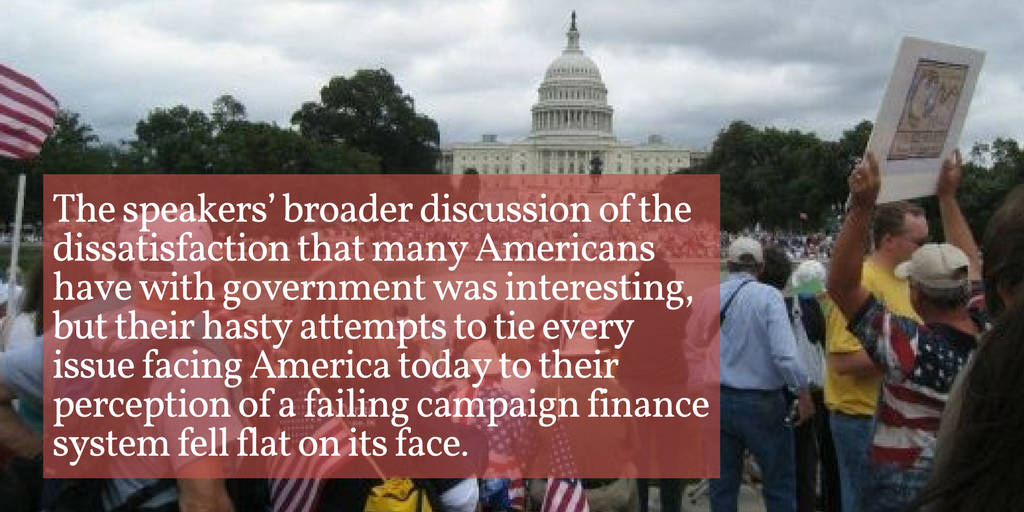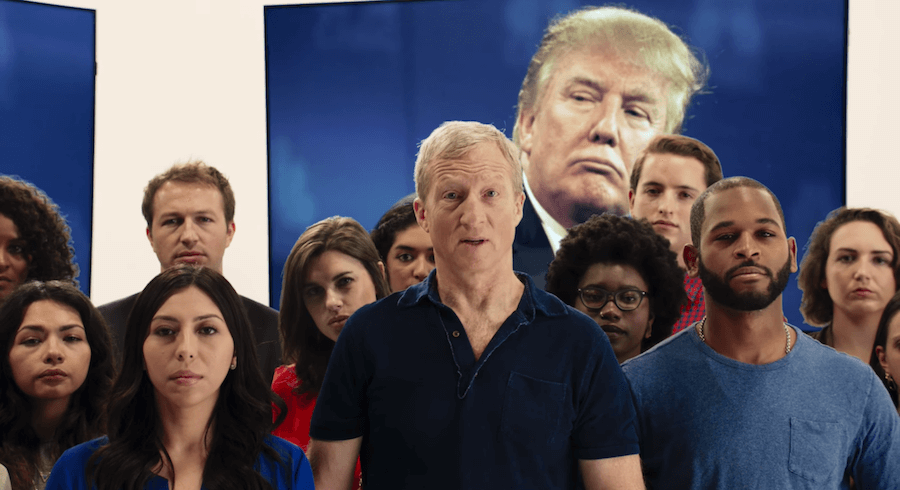With the election of Donald Trump and the defeat of Hillary Clinton, we are reminded once again that the role of money in politics cannot buy results, and that no matter how much money is spent or political ads are run, it is voters who decide the race.
The following are just a few facts about political spending in the 2016 presidential race:
1. Clinton outspent Trump more than 2 to 1.
As of October 28, Hillary Clinton, and those supporting her campaign, raised over $687.3 million, 2.2 times the $306.9 million raised by Trump and those supporting his campaign.
2. Pro-Clinton ads outnumbered pro-Trump ads 3 to 1.
The disparity in ads run was even greater. Trump, and his independent supporters, ran 125,617 ads since June 12, 2016. Clinton and her independent supporters ran over three times as many ads: 383,512. Three out of every four Presidential TV ads favored Clinton.
3. Independent groups supporting Clinton outspent independent groups supporting Trump 3 to 1.
Spending by independent groups was even more disparate than total spending. Independent efforts in support of Clinton (primarily from super PACs) raised $189.5 million. By contrast, those supporting Trump raised $59.4 million. Pro-Clinton groups raised $3.19 for every dollar raised by pro-Trump groups.
4. In the top states in terms of ads run – Clinton supporters ran over 3 times more ads. She lost 5 of these 6 states.
In the most hotly contested states with the largest ad buys, Clinton’s advantage was even larger. Floridians saw 3.3 times as many ads supporting Clinton than supporting Trump. Iowans saw 4.4 times as many pro-Clinton ads as pro-Trump ads. All told, in the six most contested states (Florida, Ohio, North Carolina, Pennsylvania, Nevada, and Iowa), there were 299,067 ads supporting Clinton and 89,995 supporting Trump – a ratio of 3.3 to 1. Despite this disparity, Trump won Florida, Ohio, North Carolina, Pennsylvania, and Iowa, losing only Nevada.
5. The three biggest super PAC spenders supporting Presidential candidates (Clinton, Bush, and Rubio) spent nearly $275 million on losing efforts – nearly ¼ of all super PAC spending.
As of November 9, 2016, nearly a quarter of all spending by super PACs – not just in the Presidential race, but in all federal races across the country – was spent by just three groups, all of which supported losing Presidential candidates. Priorities USA Action, which supported Clinton, spent over $132 million. Right to Rise, which supported Jeb Bush, spent over $86 million. Conservative Solutions PAC, which supported Marco Rubio, spent over $55 million. All told, the nearly $275 million spent by these groups accounts for 24.6% of the $1.11 billion spent by all super PACs.
* * *
Taken together, what do these facts mean? The lesson is clear: political spending is an avenue for speech – it is necessary to buy political ads, to get a candidate’s message out, and pay for the numerous costs of a campaign, among other things. But despite many claims to the contrary, elections are not “bought” by millionaires and billionaires – they are decided by voters who either buy a candidate’s message or do not.
In the coming weeks and months, there will be many lessons to take away from Trump’s upset victory, but one should surely be that, despite many claims by advocates of greater speech regulation, wealthy individuals and the so-called “special interests” do not and cannot use money to decide the outcomes of elections.














